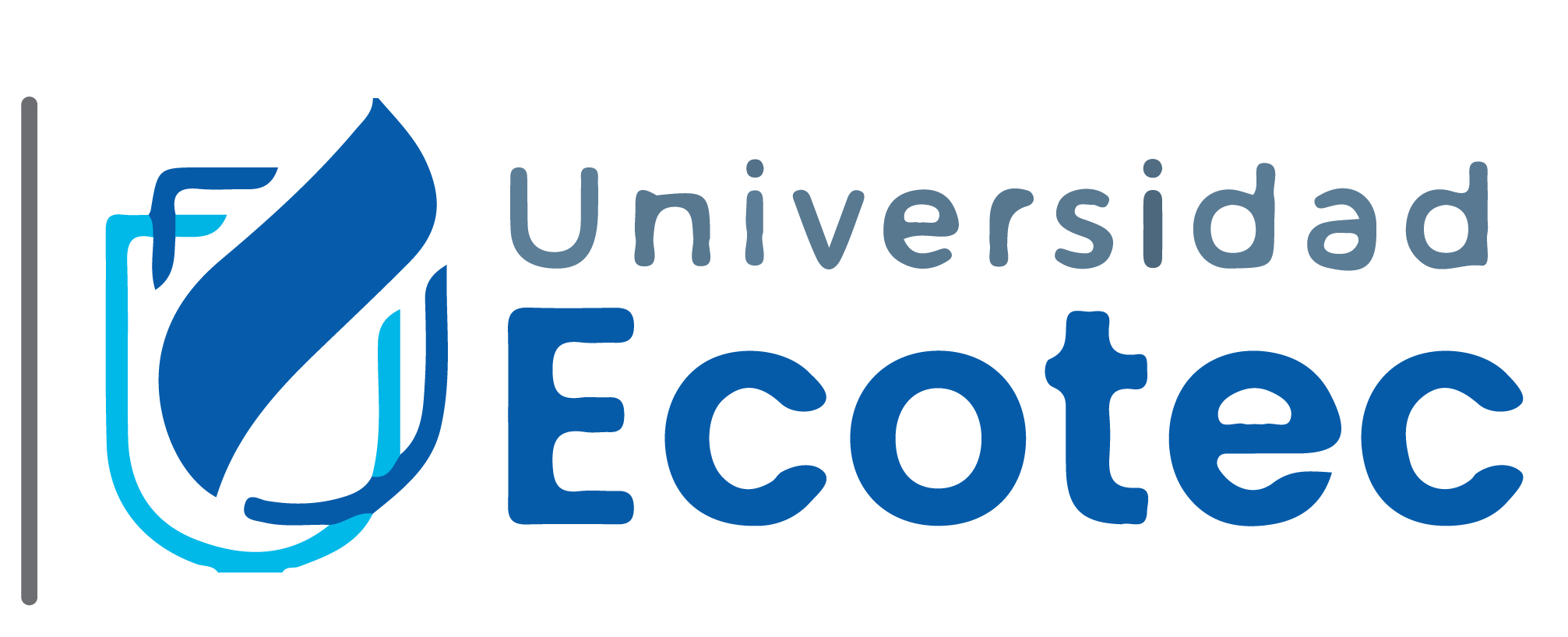Artículo
Similarity relationships and discriminatory value of the bibliometric indicators of the Scimago Journal and Country Rank. An analysis based on the generalist anthropology journals (2008-2017)
Resumen
0
Autores | Jrade, Ahmad (12804778900); Jalaei, Farnaz (57212026747); Zhang, Jieying Jane (59228484300); Jalilzadeh Eirdmousa, Saeed (59228444800); Jalaei, Farzad (54894358100) |
Título | Potential Integration of Bridge Information Modeling and Life Cycle Assessment/Life Cycle Costing Tools for Infrastructure Projects within Construction 4.0: A Review |
Año | 2023 |
DOI | 10.3390/su152015049 |
Fuente | https://www.scopus.com/inward/record.uri?eid=2-s2.0-85199226134&doi=10.3390%2fsu152015049&partnerID=40&md5=b503d960a132c3df787b4cb99ad749dc |
Afiliaciones | Department of Civil Engineering, University of Ottawa, Ottawa, K1N 6N5, ON, Canada; National Research Council Canada, Government of Canada, Ottawa, K1A 0R6, ON, Canada |
Tipo de acceso abierto | All Open Access; Gold Open Access |
Referencia | Scopus |
Artículo obtenido de: | Scopus |



